CRIIGEN press release, 21 February 2013
In a new research paper published in the highly ranked scientific journal Toxicology, Robin Mesnage, Benoît Bernay and Professor Gilles-Eric Séralini, from the University of Caen, France, have proven (from a study of nine Roundup-like herbicides) that the most toxic compound is not glyphosate, which is the substance the most assessed by regulatory authorities, but a compound that is not always listed on the label, called POE-15. Modern methods were applied at the cellular level (on three human cell lines), and mass spectrometry (studies on the nature of molecules). This allowed the researchers to identify and analyse the effects of these compounds.
Context:
Glyphosate is supposed to be the “active ingredient” of Roundup, the most widely used herbicide in the world, and it is present in a large group of Roundup-like herbicides. It has been safety tested on mammals for the purposes of regulatory risk assessment. But the commercial formulations of these pesticides as they are sold and used contain added ingredients (adjuvants). These are often classified confidential and described as “inerts”. However, they help to stabilize the chemical compound glyphosate and help it to penetrate plants, in the manner of corrosive detergents. The formulated herbicides (including Roundup) can affect all living cells, especially human cells. This danger is overlooked because glyphosate and Roundup are treated as the same by industry and regulators on long-term studies. The supposed non-toxicity of glyphosate serves as a basis for the commercial release of Roundup. The health and environmental agencies and pesticide companies assess the
long-term effects on mammals of glyphosate alone, and not the full formulation. The details of this regulatory assessment are jealously kept confidential by companies like Monsanto and health and environmental agencies.
Conclusion and consequences:
This study demonstrates that all the glyphosate-based herbicides tested are more toxic than glyphosate alone, and explains why. Thus their regulatory assessments and the maximum residue levels authorized in the environment, food, and feed, are erroneous. A drink (such as tap water contaminated by Roundup residues) or a food made with a Roundup tolerant GMO (like a transgenic soya or corn) were already demonstrated as toxic in the recent rat feeding study (2) from Prof. Séralini team. The researchers have also published responses to critics of the study (3). This new research explains and confirms the scientific results of the rat feeding study.
Overall, it is a great matter of concern for public health. First, all authorizations of Roundup-type herbicides have to be questioned urgently. Second, the regulatory assessment rules have to be fully revised. They should be analyzed in a transparent and contradictory manner by the scientific community. Agencies that give opinions to government authorities, in common with the pesticide companies generally conclude safety. The agencies’ opinions are wrong because they are made on the basis of lax assessments and much of the industry data is kept confidential, meaning that a full and transparent assessment cannot be carried out. These assessments are therefore neither neutral nor independent. They should as a first step make public on the Internet all the data that underpin the commercial release and positive opinions on the use of Roundup and similar products. The industry toxicological data must be legally made public.
Adjuvants of the POE-15 family (polyethoxylated tallowamine) have now been revealed as actively toxic to human cells, and must be regulated as such. The complete formulations must be tested in long-term toxicity studies and the results taken into account in regulatory assessments. The regulatory authorisation process for pesticides released into the environment and sold in stores must urgently be revised. Moreover, since the toxic confidential adjuvants are in general use in pesticide formulations, we fear according to these discoveries that the toxicity of all pesticides has been very significantly underestimated.
This study was conducted in the University of Caen with the structural support of CRIIGEN in the European Network of Scientists for Social and Environmental Responsibility (ENSSER www.ensser.org).
Contact: criigen@unicaen.fr; phone +33 (0)231565684 (France). www.criigen.org
——————————
Notes :
(1) Mesnage R., Bernay B., Séralini G-E. (2013, in press). Ethoxylated adjuvants of glyphosate-based herbicides are active principles of human cell toxicity. Toxicologyhttp://dx.doi.org/10.1016/j.tox.2012.09.006
(2) Séralini G. E., et al. (2012). Long term toxicity of a Roundup herbicide and a Roundup-tolerant genetically modified maize. Food and Chemical Toxicology 50 (11): 4221-4231.
(3) Séralini G. E., et al. (2013). Answers to critics: Why there is a long term toxicity due to NK603 Roundup-tolerant genetically modified maize and to a Roundup herbicide. Food and Chemical Toxicology
—
Ethoxylated adjuvants of glyphosate-based herbicides are active principles of human cell toxicity
Toxicity, 2013 (in press)
http://dx.doi.org/10.1016/j.tox.2012.09.006
Abstract
Pesticides are always used in formulations as mixtures of an active principle with adjuvants. Glyphosate, the active ingredient of the major pesticide in the world, is an herbicide supposed to be specific on plant metabolism. Its adjuvants are generally considered as inert diluents. Since side effects for all these compounds have been claimed, we studied potential active principles for toxicity on human cells for 9 glyphosate-based formulations. For this we detailed their compositions and toxicities, and as controls we used a major adjuvant (the polyethoxylated tallowamine POE-15), glyphosate alone, and a total formulation without glyphosate. This was performed after 24 h exposures on hepatic (HepG2), embryonic (HEK293) and placental (JEG3) cell lines. We measured mitochondrial activities, membrane degradations, and caspases 3/7 activities. The compositions in adjuvants were analyzed by mass spectrometry. Here we demonstrate that all formulations are more toxic than glyphosate, and we separated experimentally three groups of formulations differentially toxic according to their concentrations in ethoxylated adjuvants. Among them, POE-15 clearly appears to be the most toxic principle against human cells, even if others are not excluded. It begins to be active with negative dose-dependent effects on cellular respiration and membrane integrity between 1 and 3 ppm, at environmental/occupational doses. We demonstrate in addition that POE-15 induces necrosis when its first micellization process occurs, by contrast to glyphosate which is known to promote endocrine disrupting effects after entering cells. Altogether, these results challenge the establishment of guidance values such as the acceptable daily intake of glyphosate, when these are mostly based on a long term in vivo test of glyphosate alone. Since pesticides are always used with adjuvants that could change their toxicity, the necessity to assess their whole formulations as mixtures becomes obvious. This challenges the concept of active principle of pesticides for non-target species.







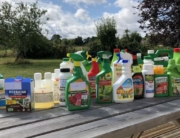

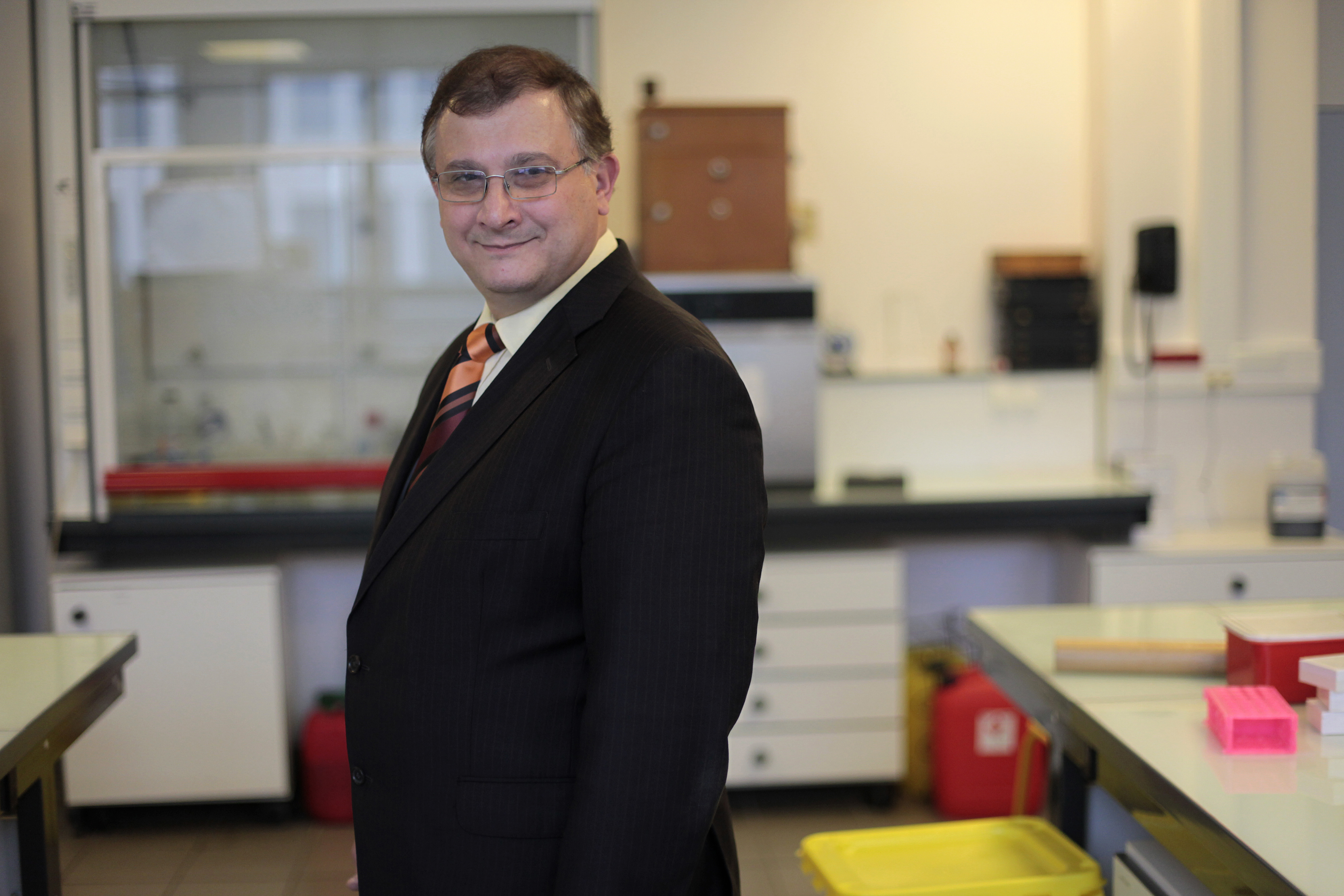
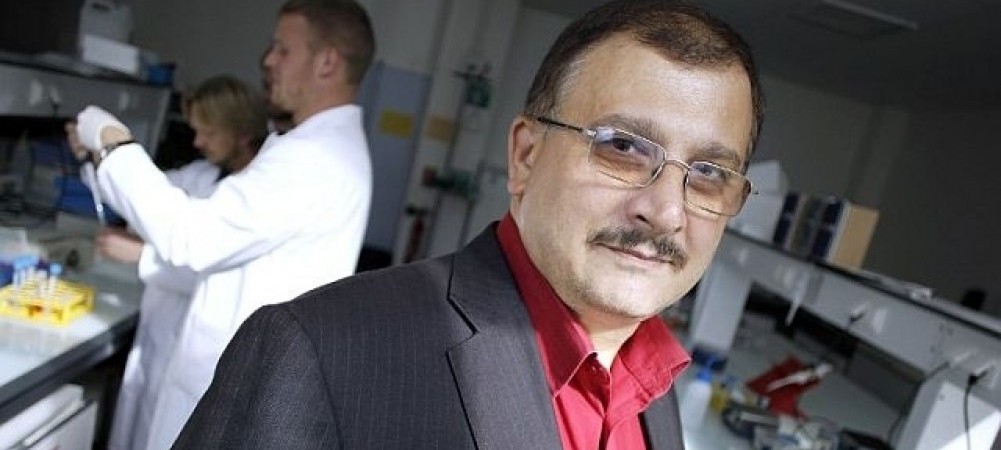


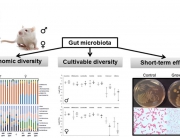

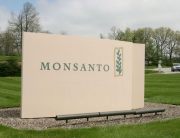
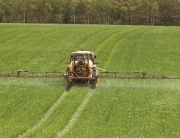


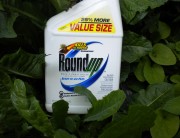
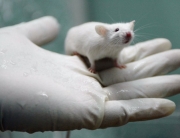




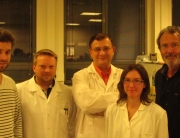


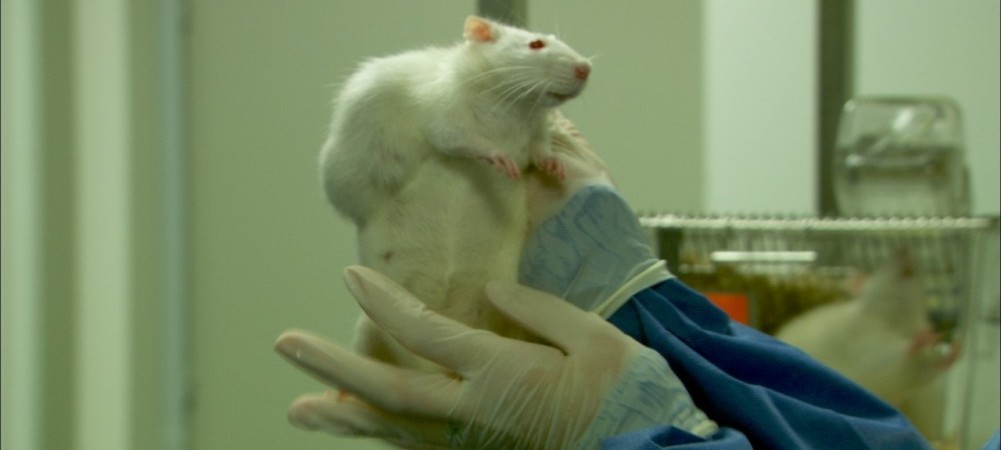

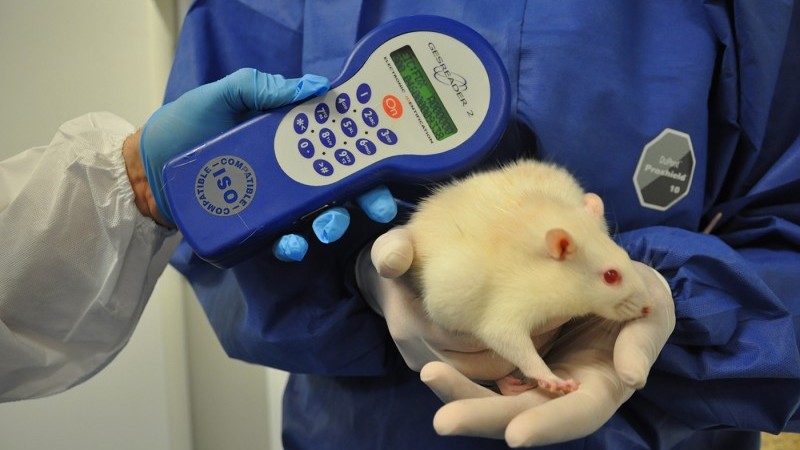

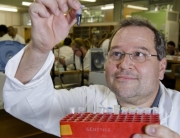
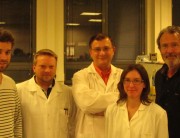








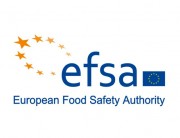




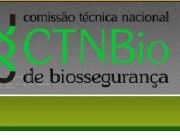


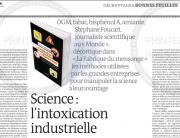





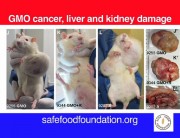


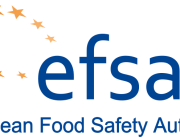

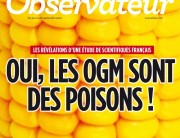















Thank you for the work and research you do. I certainly appreciate the fact there are scientists with your integrity watching out for the rest of us.
I will post this information within my circle and hope it spreads from there. my thanks once more. Kathryn
I think Dr. Seralini and his team has done a terrific job. I hope they will continue to do it. One can feel the force of industry all over the place. A couple of months have just passed. The news was almost forgotten. Nobody wants to put toxins in their mouth and no decision maker want to see farmers get hungry. The facts must be make known to the public all the time.
Lai Yin Stenqvist
Sweden
Thank you Dr. Seralini and team. Your work is not going unnoticed and is not being done in vain. We are of the many, especially moms in America that are fighting for our rights and the rights of our families, especially our children, to have GMO foods labelled, when in fact our preference would be to have a total ban on all GMO foods. Not surprising that this page was forwarded to me by another American mom that is equally concerned as I, and likewise I have forwarded it to everyone I know and ask them to do the same. We are all doing our share of educating others and studies like yours help to get the message across that this is an issue of urgent importance as it affects all of us especially in America where GMO foods have gone unlabeled nearly 20 years ago. Thank you again so much for all of your efforts to raise awareness of this plaguing problem. Take care and God Bless you & your team. Just another American mom that cares – Lori
It has long been evident to me that testing for any toxicity one item at a time ignores how mixed up all such pollutants are in the reality of our daily lives
Aura, I agree–we are all exposed to mixtures and standard toxicity testing (especially that carried out for regulatory approvals of chemicals, GMOs and pesticides etc) has thus far largely ignored mixtures. One issue here is that good science can only test one variable at a time, as Seralini did in his study–this way, you know what the toxic agent is, with a fair degree of certainty; so to test all the possible combinations of toxins would require millions of experiments.
We conclude that toxicity testing can only address the tip of the toxic iceberg. So the only solution to our toxic environmental problems is to take a precautionary approach and reduce the number of potential toxins we introduce into our environment and our bodies.
Out of curiosity… I wonder which nine glyphosate based products they decided to use in their study?
It was commercial formulation of Roundup (GT Plus, 450 g/L of glyphosate, approval 2020448, Monsanto, Belgium). It was the same substance for all Roundup groups, just different doses.
The gaping hole – toxic or not, is this:
“if the product is used according to labeled directions”, according to Dale Kemery, EPA’s spokesman and “when used as directed”, Monsanto’s mantra; WHEN WAS THE LAST TIME YOU MET ANYONE WHO USED CHEMICALS PROPERLY AND ACCORDING TO DIRECTION? -OUTSIDE OF A LABORATORY AND NOT A PROFESSIONAL USER OF, (though I have seen professional landscapers and lawn companies use lawn chemicals including round-up improperly.?
Scientific American Jun 23, 2009 |By Crystal Gammon and Environmental Health News.
–Roundup’s manufacturer, contends that the methods used in the study don’t reflect realistic conditions and that their product, which has been sold since the 1970s, is safe WHEN USED AS DIRECTED .
–Kemery said the EPA takes into account the inert ingredients and how the product is used, whenever a pesticide is approved for use. The aim, he said, is to ensure that “IF THE PRODUCT IS USED ACCORDING TO LABELED DIRECTIONS , both people’s health and the environment will not be harmed.”